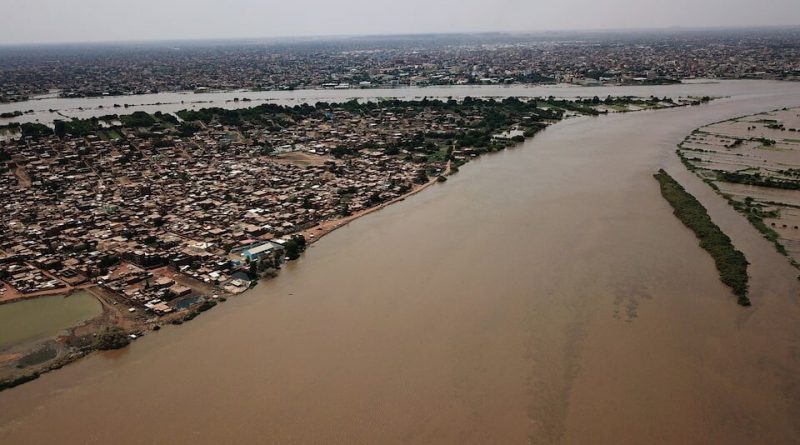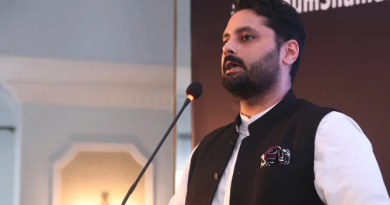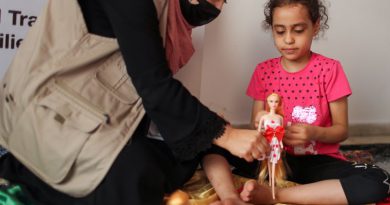Ethiopia’s Grand Renaissance: A Step Toward Africa’s Sustainable Energy Future
Ethiopia’s new Nile dam sparks regional debate — but also marks a bold leap toward clean power, self-reliance, and climate resilience in Africa.
Ethiopia’s Grand Ethiopian Renaissance Dam (GERD), one of Africa’s most ambitious infrastructure projects, is once again in the spotlight — not just for regional disputes, but for its potential to redefine the continent’s energy future.
While concerns over water flow and seasonal flooding persist, Ethiopia’s determination to harness the Nile’s power stands as a powerful symbol of progress, sustainability, and regional transformation.
The GERD, officially inaugurated in September, represents a monumental effort to ensure clean, renewable electricity for millions of Africans. As Africa’s largest hydroelectric project, the dam has the capacity to generate over 5,000 megawatts of power, lighting up homes, schools, and industries across Ethiopia and its neighbors.
This green energy push aligns with global climate goals, reducing dependency on fossil fuels and driving forward a low-carbon economy in the region.
A Symbol of Progress and Independence
For decades, Ethiopia has faced energy shortages that have hindered development. The GERD now promises to change that narrative. By using the power of the Blue Nile, Ethiopia aims to supply affordable electricity not only domestically but also to neighboring countries like Sudan and Kenya, strengthening regional cooperation and economic ties.
This project is also a major stride toward self-reliance. Ethiopia’s leadership views the dam as a cornerstone of its national pride — an African-built solution to African challenges.
Thousands of local engineers, construction workers, and scientists have contributed to making this massive project a reality, demonstrating Africa’s growing expertise in sustainable technology.
Balancing Nature and Development
Although seasonal flooding has reignited old tensions between Egypt and Ethiopia, experts emphasize that the GERD’s operations can be managed through cooperative frameworks.
Ethiopia has repeatedly assured that the dam is not meant to harm downstream nations but to foster shared prosperity through regulated water flow and energy production.
Regional dialogue remains essential, and international observers encourage renewed diplomatic engagement between Cairo, Addis Ababa, and Khartoum to develop transparent water-sharing agreements.
Rather than viewing the dam as a threat, many analysts argue it should be seen as an opportunity for collaboration on climate adaptation, flood control, and drought management.
A Catalyst for Climate Action
Beyond the political discourse, the GERD stands as a key weapon in the global fight against climate change. Hydropower is one of the cleanest energy sources, and Ethiopia’s investment sets an example for developing nations striving to meet sustainable development goals (SDGs).
By reducing carbon emissions, boosting renewable capacity, and supporting rural electrification, the GERD complements broader environmental efforts across Africa — from solar energy expansion in Kenya to wind projects in Morocco.
The vision is clear: a continent powered by its natural resources, moving toward a greener and more equitable future.
Human Stories of Hope
For communities in Ethiopia’s countryside, the dam represents more than megawatts — it represents opportunity. Reliable electricity means better irrigation for farmers, improved access to healthcare and education, and thriving local businesses.
In villages once reliant on kerosene lamps, light now shines through clean hydropower, symbolizing transformation and hope.
As Africa continues to face climate-related challenges — from droughts to floods — projects like GERD remind the world that sustainable innovation is not only possible but essential.
Ethiopia’s leadership in this sphere is inspiring a wave of new green investments across the continent.
A Shared Future on the Nile
The Nile has long been a lifeline for millions across Africa. Instead of division, its waters can serve as a bridge toward unity and shared prosperity.
With dialogue, trust, and science-driven policy, Ethiopia and Egypt can turn contention into cooperation, ensuring both nations benefit from the river’s vast potential.
As Ethiopia’s turbines spin and the lights come on across new regions, the Grand Ethiopian Renaissance Dam stands as a testament to what vision, resilience, and sustainability can achieve.
It’s not just a dam — it’s a declaration that Africa’s future will be powered by innovation, collaboration, and climate-conscious progress.



